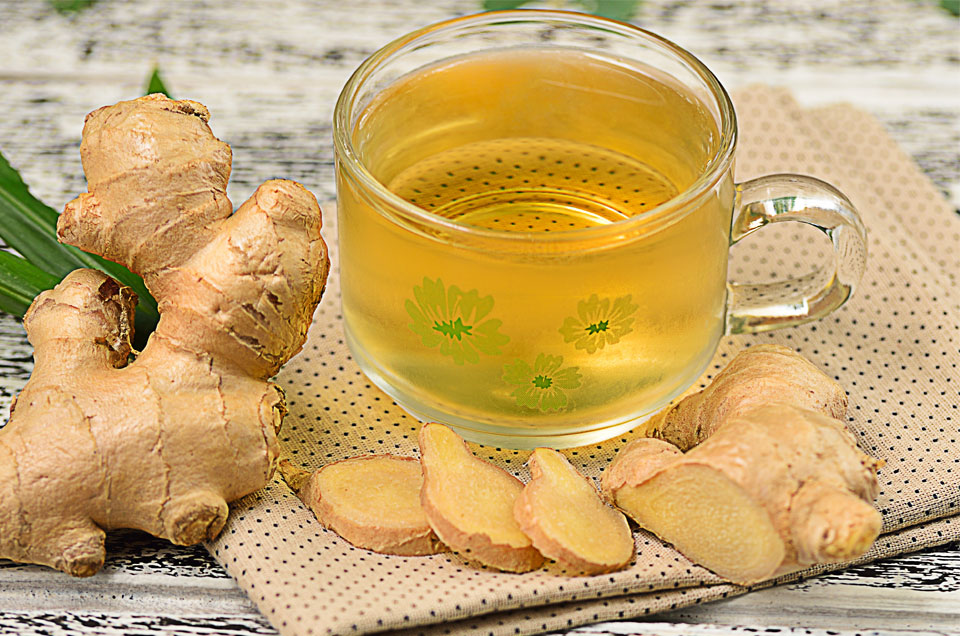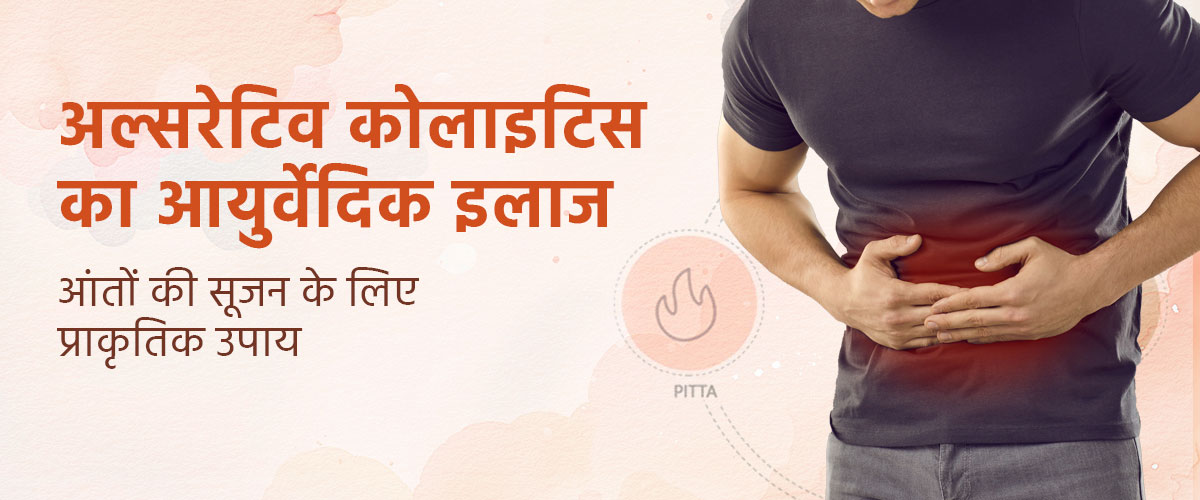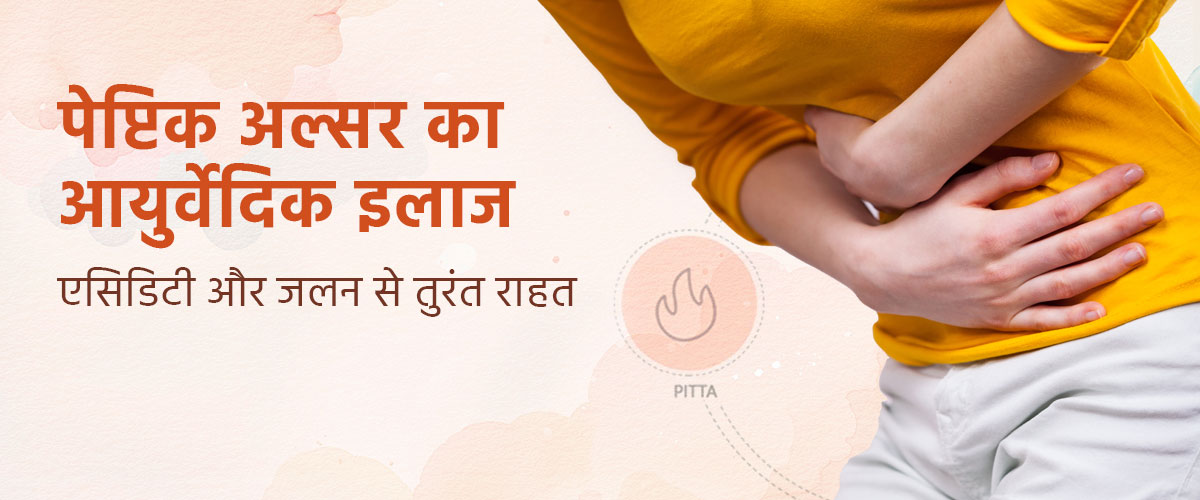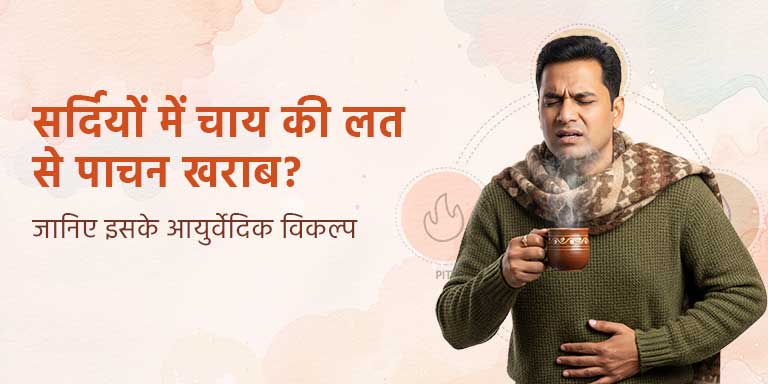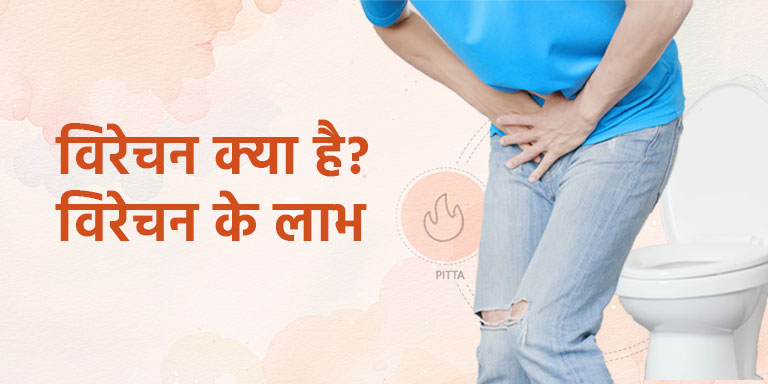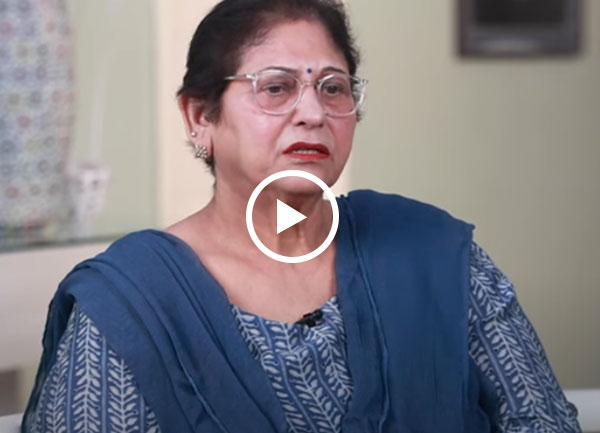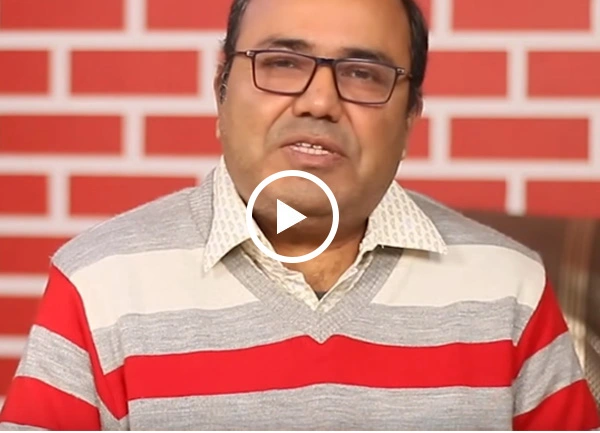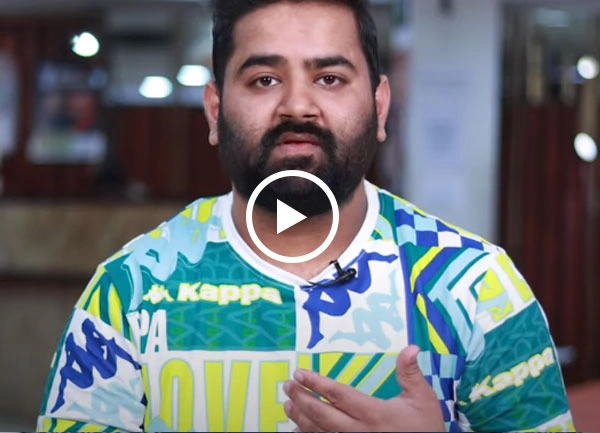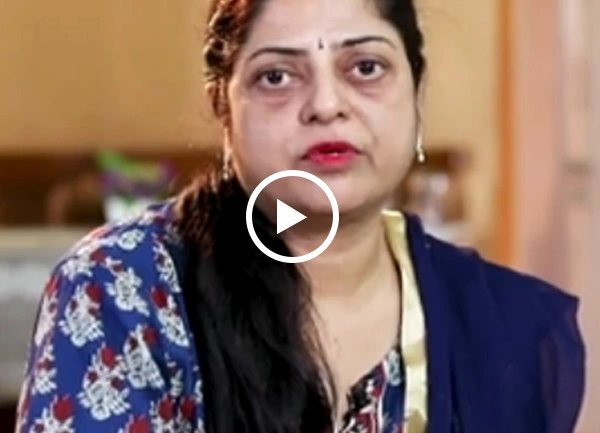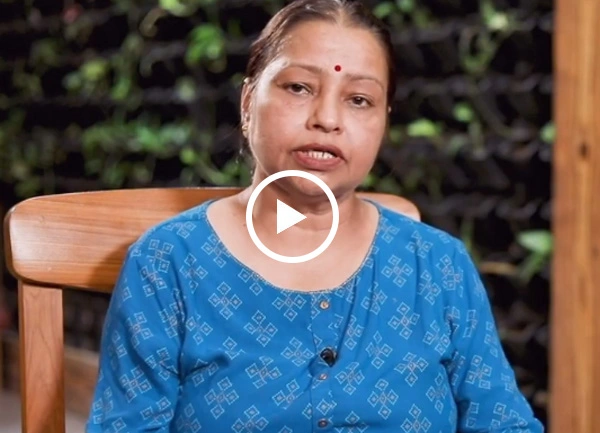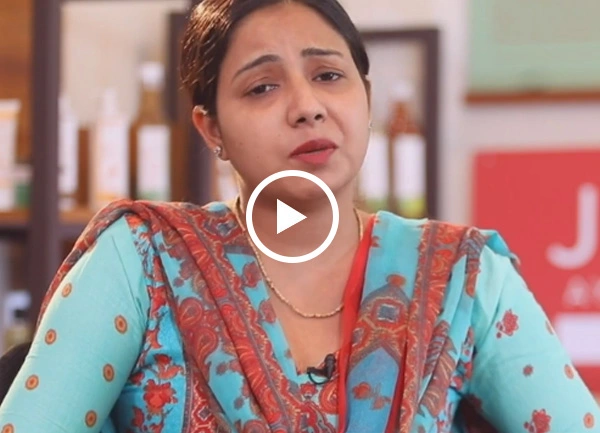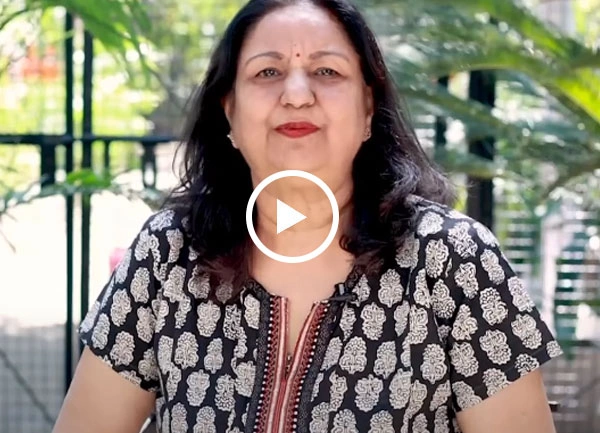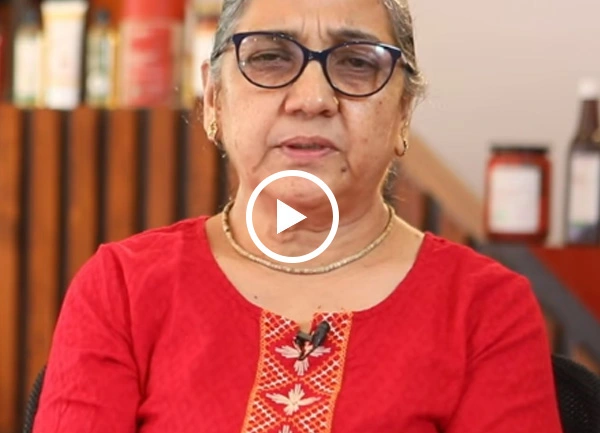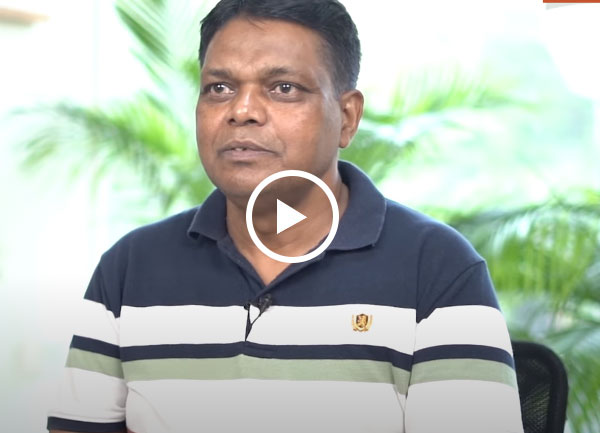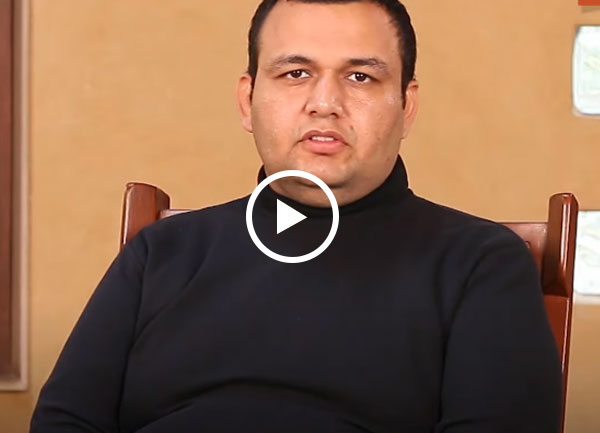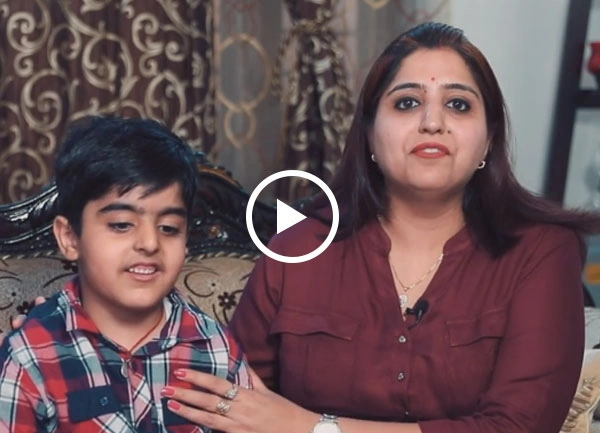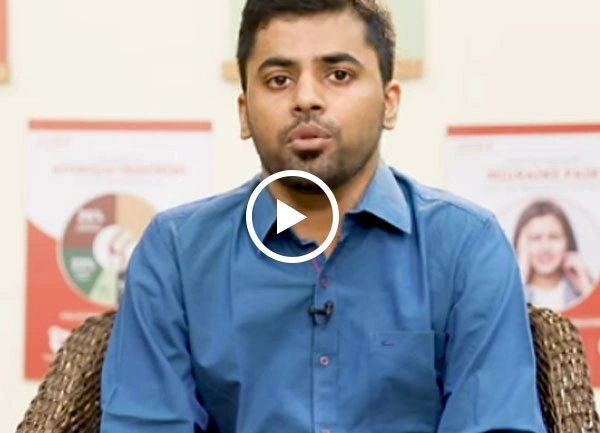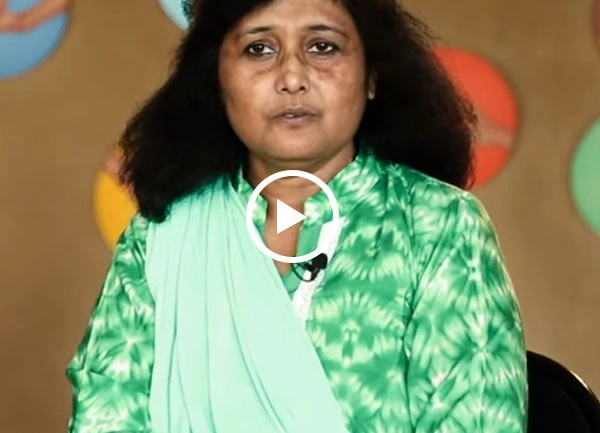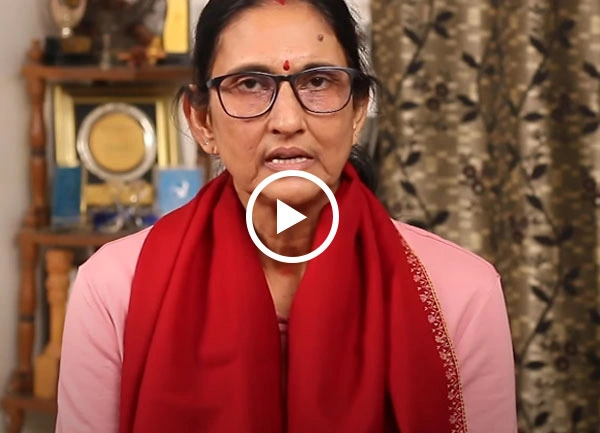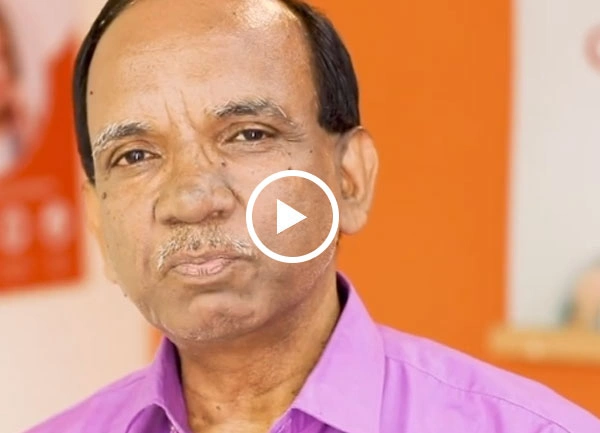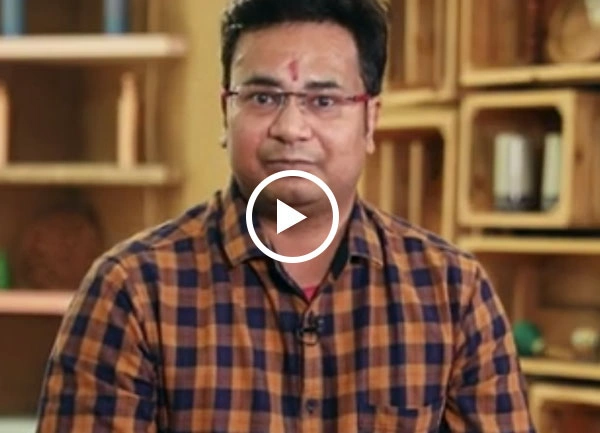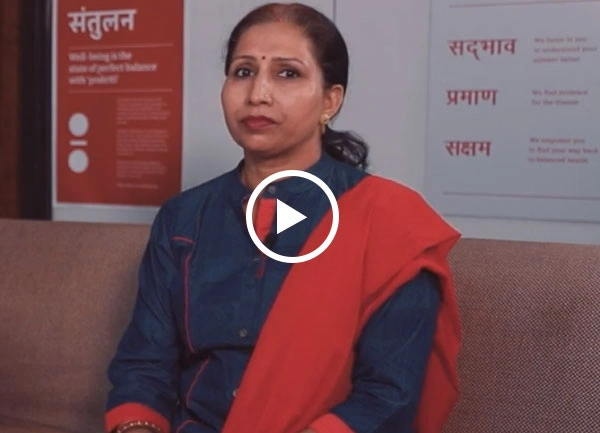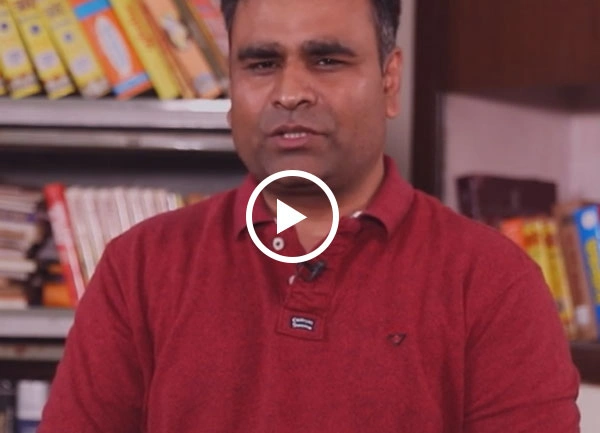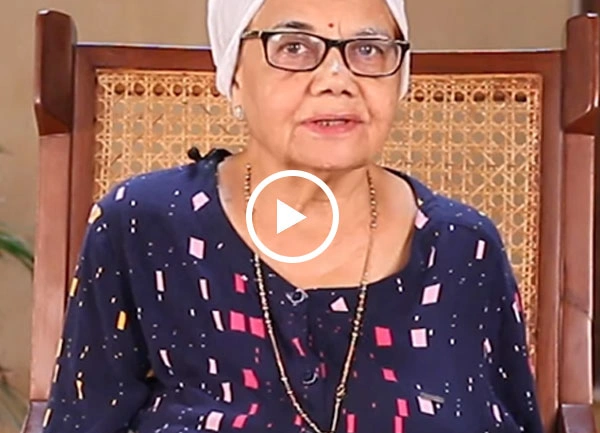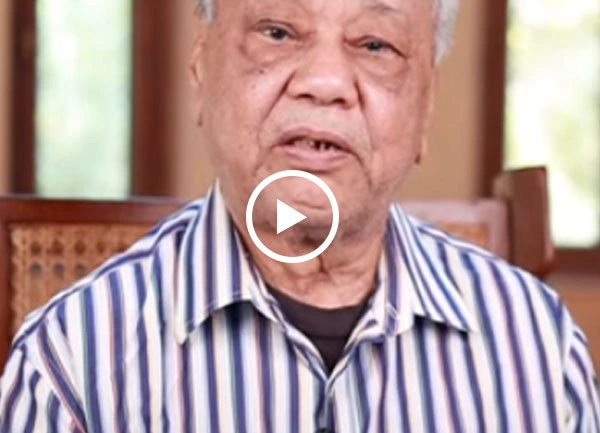Before we delve into the causes, the lifestyle, and the diet for reducing a fatty liver, it’s important to know the finer details of Yakrit Roga. There are two types of fatty liver diseases:
- Nonalcoholic fatty liver disease (NAFLD) is a version of Yakrit Roga that affects people who don’t drink. There are two subtypes of NAFLD. The first one is simple fatty liver. It poses no imminent threat and can be treated with basic lifestyle changes, like a balanced diet and regular exercise. The second subtype is Nonalcoholic steatohepatitis. Steatohepatitis is a much more aggressive disease that causes inflammation and lead to worse stages of liver failure, namely cirrhosis or advanced scarring.
- Alcoholic fatty liver disease is a kind of Yakrit Roga most prominent in people who consume alcohol in excess. When your liver digests the alcohol in your body, it can unknowingly generate ama. Abstaining from alcohol can work if the patient starts this practice in the initial stages. But ignoring the symptoms for prolonged periods of time can lead to hepatitis and cirrhosis.
In Ayurveda, the Pitta dosha is known to be seated in the liver. The liver is also known as one of the sources of agni, or the digestive fire. Imbalance in any doshas, especially the Pitta, can give way to an unstable agni, leading to fatty liver and other digestive problems.
That said, alcohol is not the only substance that can lead to the generation of ama in the body. Obesity can increase the fat percentage in your body, making it more difficult for the liver to break down the food. The fat then starts accumulating in our liver, causing liver failure. Lack of Vyayamam (exercises) in your life also has a similar effect. If you don’t burn as many calories as you ingest, your body will store the excess calories in the form of fat.
Other causes of fatty liver include:
- Insulin resistance
- Hyperglycemia (High blood sugar)
- High triglycerides in the blood. (Lipid fats)
- High blood pressure
It’s important to understand and identify the symptoms of Yakrit Roga. It’s easier to handle the symptoms and treat the disease if you get personalised treatment, as the severity of Yakrit Roga differs from person to person. Simple fatty liver can go a long way before emitting any symptoms. They are largely harmless if they don’t evolve into their more aggressive counterparts. Other variants of Yakrit Roga can show some signs like lack of appetite, nausea or vomiting and tiredness.
There are a lot of ways you can modify your lifestyle and diet to reduce a fatty liver. These are very effective steps that can be adapted to your daily routine easily. These changes will not only provide relief from Yakrit Roga, but can also help keep your digestive system away from other diseases like IBS.
It would be better if you ate your meals in smaller portions. Doing so gives your liver time to relax and helps alleviate some of the load. Eating smaller meals also helps maintain your calorie intake, especially when eating foods with high caloric content. Also, remember to eat slowly and chew your food properly to make it easier to break down and digest. As for your diet, stay clear of Pitta aggravating foods such as chillies, onions and ginger. Instead, incorporate cool and Pitta pacifying foods, like rice and grapes, and spices, like coriander, in your diet for reducing a fatty liver and calming your unstable Agni.
Practising yoga Asanas like GomukhAsana, Chakra Asana, and Dhanur Asana stimulates and massages the liver to strengthen it and increase its vitality. Including yoga in your daily routine also helps control your weight and burn calories to reduce body fat percentage and make you more active.
Emotions also play a big role in treating Yakrit Roga. Feelings like anger and sadness can aggravate Pitta dosha. End your yoga session with a round of meditation. Other breathing exercises like Bhastrika and Sudarshan kriya can bolden the effects of the asanas and help you control your emotions through steady breathing.
There are other Ayurvedic supplements that you can use, like Vasaguduchyadi and Pippalyasavam. Combining the fatty liver treatment diet and lifestyle changes with Shodhana and Shamana chikitsa (Panchakarma and herbal supplements) is better.
The doctors at Jiva take an evidence-based approach and will help you identify the root cause of your fatty liver, and suggest a plan that will fit for your specific symptoms. Contact our Ayurvedic experts at Jiva through phone, video call or visit us at your nearest Jiva clinic for a detailed diagnosis and personalised treatment.



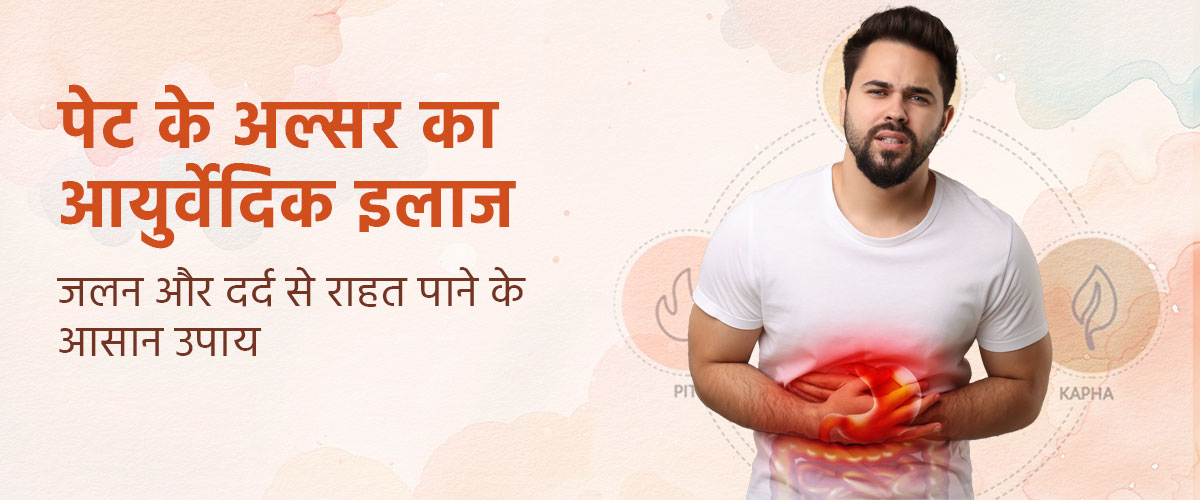

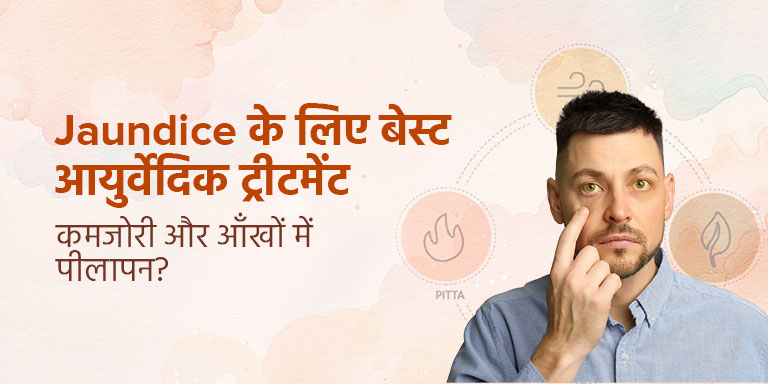
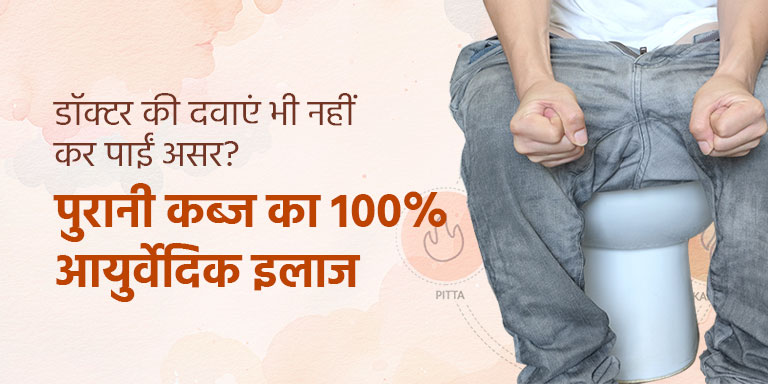
-का-आयुर्वेदिक-इलाज.jpg)
